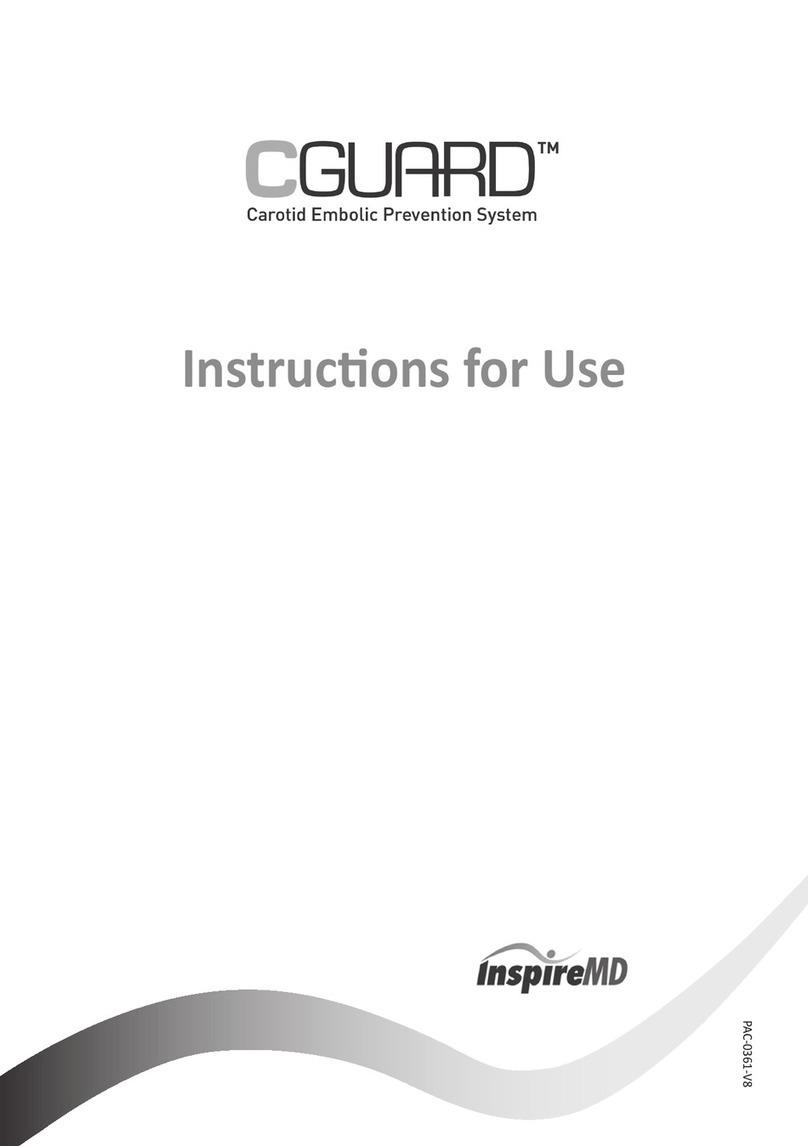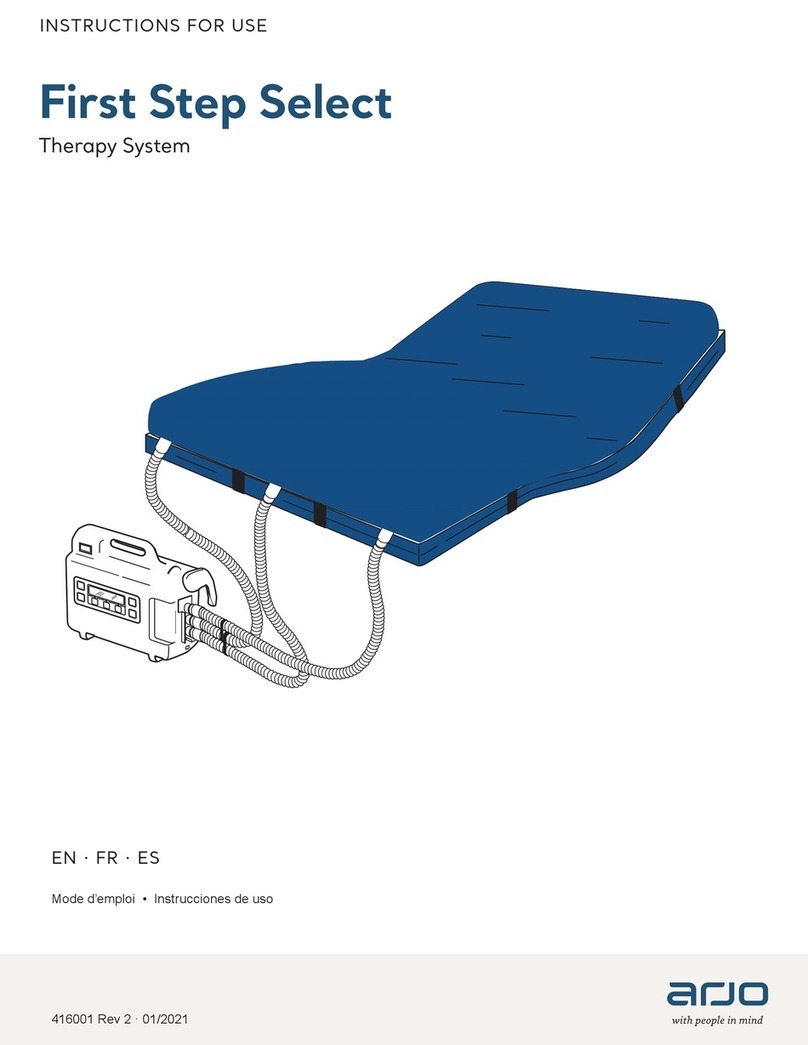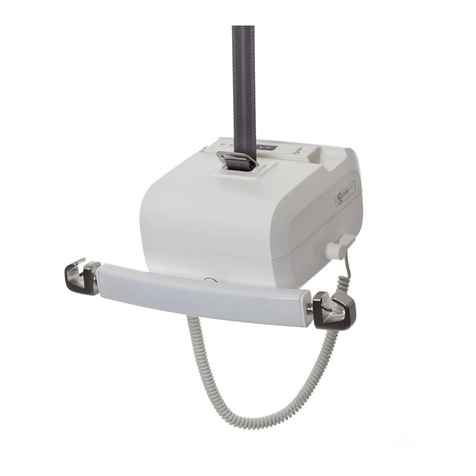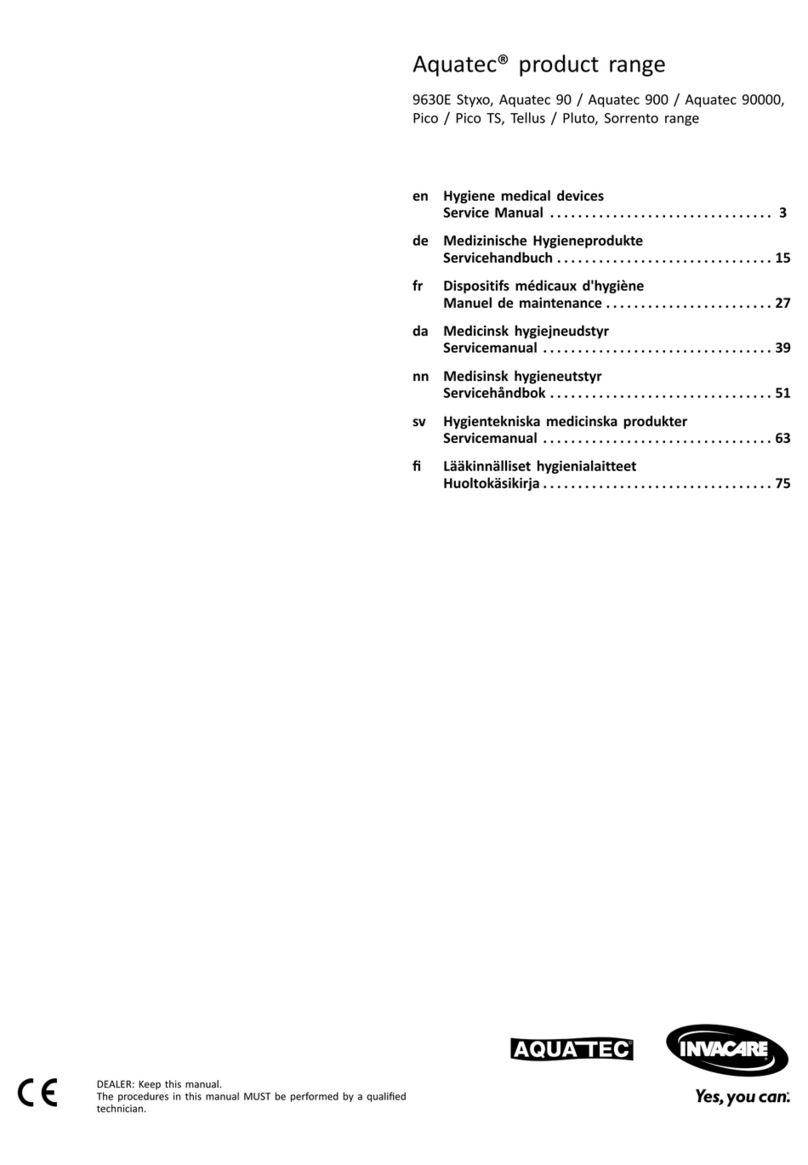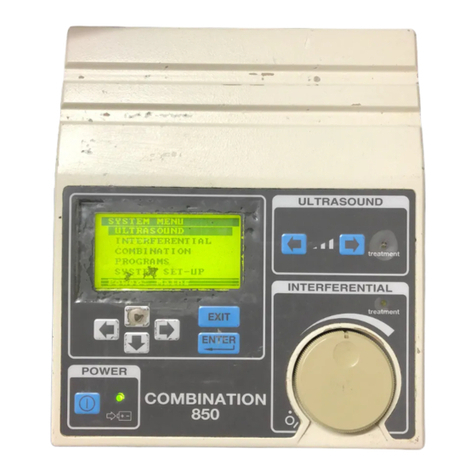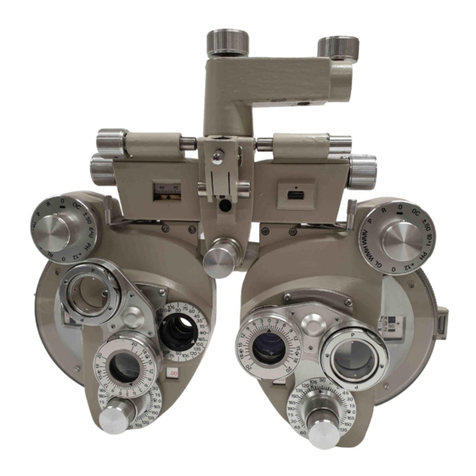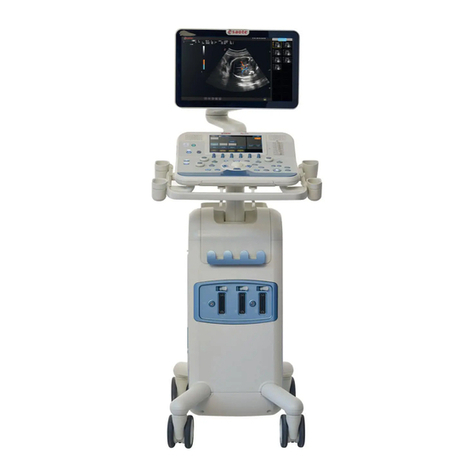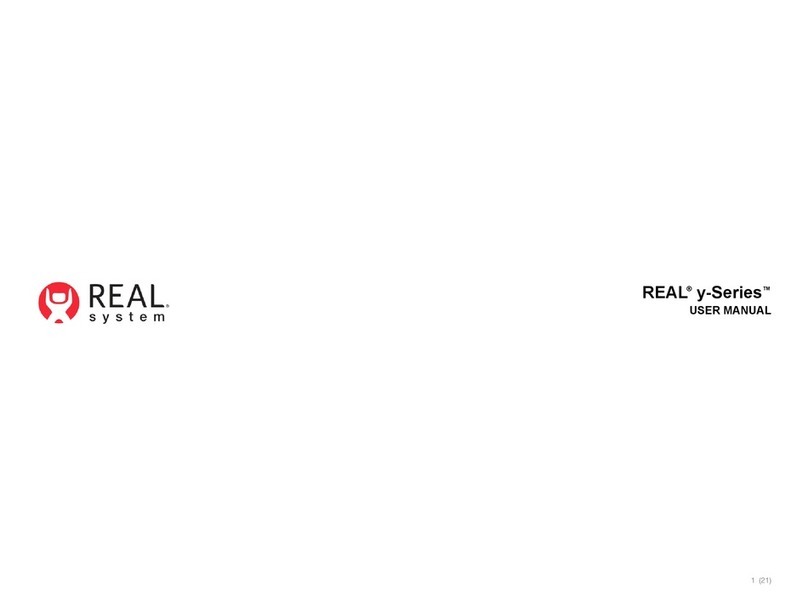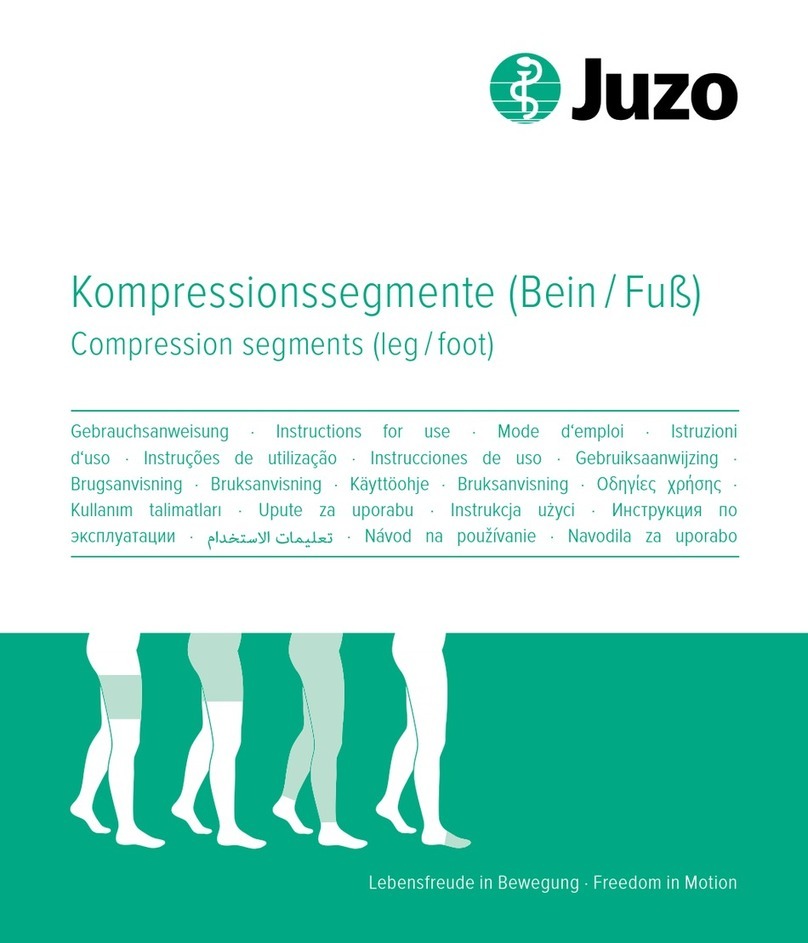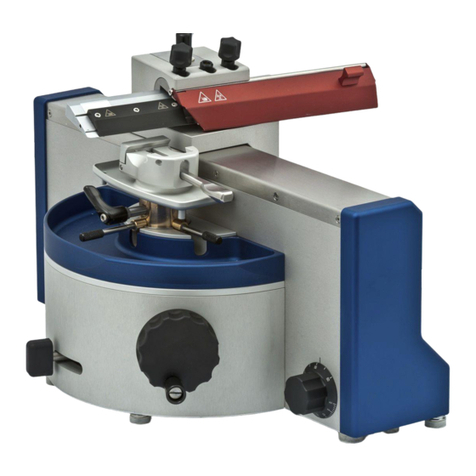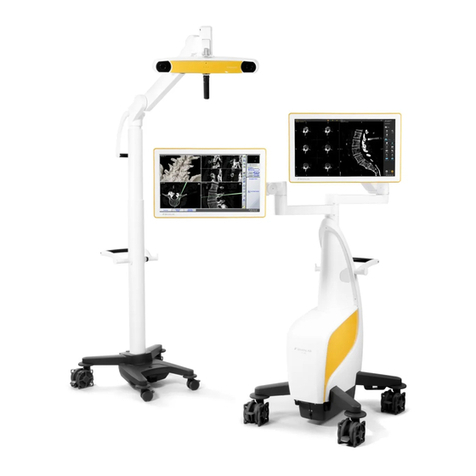InspireMD CGUARD MCS0620 User manual

Table of Contents
No. Language
1
English
...................................................................................................................................... 2
2
.. ...................................................................................................................................... 7
3
Deutsch..…
............................................................................................................................. 12
4
...................................................................................................................................... 18
5
Nederlands
............................................................................................................................ 23
6
Suomi
...…
……
.......................................................................................................................... 28
7
Français…
……………………………………………………………………………………........................................ 33
8
................................................................................................................................... 38
9
Italian..………
........................................................................................................................... 43
10
……………….……………………………………………....................................................……………...48
11
.............................................................................................................................. 53
12
...................................................................................................................................... 58
13
Polish
...................................................................................................................................... 63
14
Português
............................................................................................................................... 68
15
......................................................................................................................... 73
16
...................................................................................................................................... 79
17
............................................................................................................................... 84
18
............................................................................................................................ 89
19
Español
................................................................................................................................... 94
20
Swedish
.................................................................................................................................. 99
PAC-0331- V4

2
Instrucon for use
English
Table of Contents
1
DEVICE DESCRIPTION
2
2
HOW SUPPLIED
2
3
INDICATIONS
2
4
CONTRAINDICATIONS
2
5
WARNINGS
3
5.1
General Warning
3
5.2
Device Use Warning
3
6
PRECAUTIONS
3
6.1
General –
3
6.2
Stent Handling –
3
6.3
Stent Placement –
3
6.4
Post-Implant –
4
7
MRI COMPATIBILITY
4
8
POTENTIAL ADVERSE EVENTS
4
9
STENT SIZE DETERMINATION
4
10
MATERIAL REQUIRED
4
11
PRE-PROCEDURE
5
12
INSPECTION PRIOR TO USE
5
13
DELIVERY SYSTEM PREPARATION
5
14
LESION PREPARATION
5
15
DELIVERY PROCEDURE
5
16
STENT DEPLOYMENT
5
17
POST STENT PLACEMENT
6
18
WARRANTY/LIABILITY
6
1 DEVICE DESCRIPTION
(EPS) is designed to deliver a self-expanding stent to the ca-
-
length (mm)
Vessel
diam-
eter
(mm)
Diam-
eter
(mm) 20 30 40 60
4.8 – 5.7 6.0 MCS0620 MCS0630 MCS0640 MCS0660
5.6 – 6.5 7.0 MCS0720 MCS0730 MCS0740 MCS0760
6.4 – 7.3 8.0 MCS0820 MCS0830 MCS0840 MCS0860
7.2 – 8.1 9.0 MCS0920 MCS0930 MCS0940 MCS0960
8.0 – 9.0 10.0 MCS1020 MCS1030 MCS1040 MCS1060
devices. Sheaths and guiding catheters with a minimum in-
-
ing of the coaxial area and is the accesses of the guidewire.
-
e 2.
m
2 HOW SUPPLIED
card for support.
3 INDICATIONS
-
-
and 9.0 mm at the target lesion.
4 CONTRAINDICATIONS
English

3
5 WARNINGS
5.1 General Warning
-
.
Do not use the product if the temperature indicator on in-
.
-
.
devices on the guidewire.
.
-
verse outcome.
-
migrate from the site of implant down the arterial lumen.
-
-
.
-
5.2 Device Use Warning
Store at room temperature.
-
-
-
-
-
implant site down the arterial lumen.
-
-
-
-
-
-
6. PRECAUTIONS
6.1 General– Precautions
-
6.2 Stent Handling – Precautions
-
-
ment over the guidewire and advancement through the
product.
-
paired.
-
6.3 Stent Placement – Precautions
-
ommended.
English

4
-
-
through the guiding catheter or sheath; dislodgement of
-
countered during movement through the sheath or during
-
performance.
When more than one stent is required to cover the lesion
-
mal stent for placement of the distal stent and reduces the
instance should more than 2 stents overlap.
6.4 Post-Implant – Precautions
-
7 MRI COMPATIBILITY
-
8 POTENTIAL ADVERSE EVENTS
Based on the literature and on clinical and commercial experi-
material)
Amaurosis fugax
-
cess site
-
-
Death
stent)
-
Fever
repair
-
cemia
Restenosis of vessel in stented segment
damage
-
Vessel spasm or recoil
9 STENT SIZE DETERMINATION
-
-
lect a 6.0 mm stent to treat a 4.8 – 5.7 mm diameter vessel.
Select a 7.0 mm stent to treat a 5.6 – 6.5 mm diameter vessel.
guidewires. Sheaths and guiding catheters with a mini-
mum inner diameter of 2.54 mm are recommended.
WARNING
WARNING-
.
10 MATERIAL REQUIRED
CAUTION: the CGUARD System is not compable with guidewires
or embolic protecon devices larger than 0.014" (0.037 mm).
English

5
11 PRE-PROCEDURE
12 INSPECTION PRIOR TO USE
CAUTION: Carefully inspect the CGUARD Carod EPS Self-Ex-
panding Stent with OTW delivery System to verify that the de-
vice has not been damaged in shipment. Do not use damaged
equipment.
CAUTION: The delivery system has an internal sha. Take care
to avoid unnecessary handling which may kink or damage the
delivery system. Keep the delivery system as straight as pos-
sible and the delivery handle staonary during deployment. Do
not use if device is kinked.
CAUTION
CAUTION-
noted.
13 DELIVERY SYSTEM PREPARATION
CAUTION: Do not expose the delivery system to organic sol-
vents as structural integrity and / or funcon may be impaired.
-
-
catheter.
CAUTION: Ensure that the stent delivery system is fully ushed
with heparinized saline prior to use. Do not use the delivery sys-
tem if ush is not visible exing at the distal end of the sheath.
14 LESION PREPARATION
WARNING: Administer heparin dose sucient to maintain an
ACT of > 250 secs to prevent thrombus formaon on the de-
vices.
CAUTION: Venous access should be available during carod
stenng to manage bradycardia and or hypotension by a pace-
maker placement or pharmaceucal intervenon, if needed.
CAUTION: The CGUARD EPS Self-Expanding Carod Stent with
OTW Delivery System must be used with a guiding catheter or
sheath to maintain adequate support of the 0. 014" guidewire
or embolic protecon device throughout the procedure.
CAUTION:
recommended.
CAUTION: When catheters are in the, aer body they should
only be manipulated under uoroscopy. Radiographic equip-
ment that provides high-quality images is needed.
WARNING: Maintain connuous ush while removing and re-
inserng devices on the guidewire or embolic protecon de-
vice. Perform all exchanges slowly to prevent air embolism or
trauma to the artery.
If
Note: If no predilataon balloon is ulized, there must be
a minimum luminal opening of 3.0 mm to enable passage
of the stent delivery system.
-
15 DELIVERY PROCEDURE
CAUTION: The delivery system is not designed for use with a
power injector. Use of a power injector may adversely aect
device performance.
adapter.
CAUTION: If resistance is met during delivery system introduc-
on, the system should be withdrawn and another system used.
-
roscopic guidance to the lesion site.
CAUTION:-
ment.
16 STENT DEPLOYMENT
WARNING: Ensure opmal posioning of the stent prior to de-
ployment. Once deployment is iniated, the stent cannot be
reposioned or recaptured. Stent retrieval methods (use of ad-
dional wires, snares and/or forceps) may result in addional
trauma to the carod vasculature and/or vascular access site.
Complicaons may include death, stroke, bleeding, hematoma,
or pseudoaneurysm.
CAUTION: Once stent placement has been iniated, do not
aempt to pull a parally expanded stent back through the
guiding catheter or sheath as dislodgement of the stent from
the delivery system may occur.
-
• Note: Ensure that the delivery system is straight and not
coiled. Keep the delivery system staon-
ary during deployment. Do not hold the outer sheath of
the delivery catheter during deployment. It must be free
to move.
-
• Note: If signicant resistance is encountered during pull-
back of the outer sheath and before stent release is iniat-
ed, re-lock valve and remove the system. Once deployment
is iniated, the stent cannot be recovered by the sheath.
CAUTION: In the event of paral delivery of the stent as the re-
sult of the inability to fully deploy the stent, remove the enre
delivery system from the paent. This may result in damage to
English

6
the vessel wall and may require surgical intervenon.
-
-
-
-
needed in accordance with the compliance chart accom-
CAUTION: When more than one stent is required to cover the
lesion or if there are mulple lesions, the distal lesion should be
stented rst followed by stenng of the proximal lesion. Stent-
ing in this order obviates the need to cross the proximal stent
in order to place the distal stent and reduces the chance of dis-
lodging stents that have already been placed.
CAUTION: If overlap of sequenal stents is necessary, the
amount of overlap should be kept to a minimum (approxi-
mately 5 mm). In no instance should more than two (2) stents
overlap.
CAUTION: Care must be exercised when crossing a newly de-
polyed stent with other intervenonal devices to avoid disrupt-
ing the stent geometry and placement of the stent.
WARNING: Overstretching of the artery may result in rupture
and life-threatening bleeding.
17 POST STENT PLACEMENT
-
remaining in the vessel lumen.
WARNING: The stent may cause a thrombus, distal emboliza-
on or may migrate from the site of implant down the arte-
rial lumen. Appropriate sizing of the stent to the vessel is re-
quired to reduce the possibility of stent migraon. In the event
of thrombosis of the expanded stent, thrombolysis and PTA
should be aempted.
-
-
-
WARNING: In the event of complicaons such as infecon,
pseudoaneutysm, or stulizaon, surgical removal of the stent
may be required.
18
WARRANTY/LIABILITY
-
-
the disputed products. The guarantee contained in this provi-
-
-
product.
English

7
Pokyny k použi
Česky
Obsah
1
7
2
DODÁVÁ SE
7
3
7
4
7
5
8
5.1
8
5.2
8
6
8
6.2
8
6.3
8
6.4
Po implantaci
9
7
9
8
9
9
9
10
MATERIÁL
10
11
10
12
10
13
10
14
10
15
10
16
10
17
PO
11
-
-
délka (mm)
(mm)
Diam-
eter
(mm) 20 30 40 60
4.8 – 5.7 6.0 MCS0620 MCS0630 MCS0640 MCS0660
5.6 – 6.5 7.0 MCS0720 MCS0730 MCS0740 MCS0760
6.4 – 7.3 8.0 MCS0820 MCS0830 MCS0840 MCS0860
7.2 – 8.1 9.0 MCS0920 MCS0930 MCS0940 MCS0960
8.0 – 9.0 10.0 MCS1020 MCS1030 MCS1040 MCS1060
-
-
-
-
-
2 DODÁVÁ SE
3 INDIKACE
-
do 9.0 mm.
4 KONTRAINDIKACE
�esky

8
5.1 Obecná varování
-
-
stentu.
-
-
-
-
-
-
-
-
-
-
-
-
-
-
Česky

9
-
mm).
-
-
7 KOMPATIBILITA MRI
-
Smrt
stent)
-
-
-
-
-
VAROVÁNÍ: CGUARD Carod EPS je kontraindikován pro použi
u lézí v osu společné karocké tepny.
VAROVÁNÍ: Je zapotřebí zvolit příslušnou velikost stentu pro
cévu tak, aby se snížila možnost migrace stentu.
�esky

10
stentu.
-
UPOZORNĚNÍ: systém CGUARD není kompabilní s vodicími
dráty nebo zařízeními na ochranu pro embolii většími než
0,014" (0,36 mm).
-
intervenci.
UPOZORNĚNÍ-
UPOZORNĚNÍ
UPOZORNĚNÍ
-
UPOZORNĚNÍ
-
UPOZORNĚNÍ -
-
UPOZORNÉNÍ:
VAROVÁNÍ: Podejte dávku heparinu, která dostačuje k tomu,
aby udržela ACT na hodnotě > 250 sekund, aby se zabránilo
vytvoření trombu na zařízení.
UPOZORNĚNÍ: Během umísťování stentu do karody by měl být
dostupný cévní přístup, aby bylo možno zvládnout bradykardii
a/nebo hypotenzi umístěním kardiosmulátoru nebo pomocí
farmaceucké intervence, pokud to je zapotřebí.
UPOZORNĚNÍ: Samoexpandibilní karocký stent CGUARD EPS
se zaváděcím systémem OTW se musí používat s vodicím ka-
tétrem nebo sheathem, aby byla během procedury poskyt-
nuta dostatečná opora vodicího drátu 0,014" nebo zařízení na
ochranu pro embolii.
UPOZORNĚNÍ: Nedoporučuje se používat s regulačním ven-
lem typu bleedback.
UPOZORNÉNÍ: Když jsou katétry umístěny v těle, mělo by se
s nimi manipulovat pouze při uoroskopii. Je zapotřebí radio-
gracké zařízení, které poskytuje vysoce kvalitní zobrazení.
VAROVÁNÍ: Při vyjímání a opětovném zavádění zařízení, vod-
icího drátu nebo zařízení na ochranu pro embolii zajistěte
neustálé proplachování. Všechny výměny provádějte pomalu,
aby se předešlo vzduchové embolii nebo poškození arterie.
Poznámka: Pokud se nepoužívá balónek
na předběžnou dilataci, musí existovat minimální otvor 3,0
mm, aby se zajisl průchod zařízení na umísťování stentu.
-
UPOZORNÉNÍ: Zaváděcí zařízení nebo určeno k použi s tlako-
vým injektorem. Použi tlakového injektoru může negavně
ovlivnit výkon zařízení.
UPOZORNĚNÍ:
-
UPOZORNĚNÍ: Dbejte na to, aby před nasazením zaváděcího
systému nevznikalo pnutí.
VAROVÁNÍ: Před nasazením stentu zajistěte opmální umístění.
Jakmile se započne s nasazením, není možné provést repozici
stentu ani jej znovu nasadit. Způsoby sejmu stentu (použi
dalších drátů, smyček a/nebo kleš) může vést k dalšímu
poranění karocké cévy a/nebo místa přístupu. K možným kom-
plikacím patří smrt, mrtvice, krvácení, hematom nebo pseudo-
aneuryzma.
Česky

11
UPOZORNĚNÍ: Jakmile bylo započato s umísťováním stentu,
nepokoušejte se vytáhnout částečně expandovaný stent zpět
vodicím katétrem nebo sheathem, protože by mohlo dojít k vy-
padnu stentu ze zaváděcího systému.
-
Poznámka: Zajistěte, aby byl zaváděcí systém rovně a ne-
pokroul se. Při zavádění udržujte zaváděcího sys-
tému v klidu. Při umísťování nedržte vnější sheath zaváděcího
katétru. Musí se volně pohybovat.
UPOZORNĚNÍ: V případě částečného zavedení stentu násled-
kem toho, že je nemožné sten řádně nasadit, vyjměte z pacien-
ta celý zaváděcí systém. To může vést k poškození cévní stěny a
může vyžadovat chirurgický zákrok.
-
-
-
-
UPOZORNĚNÍ: Pokud je zapotřebí, aby lézi kryly více než dva
stenty nebo pokud je lézí více, je třeba zavést stent na distální lézi
a poté zavést stent na proximální lézi. Zavádění stentů v tomto
pořadí eliminuje potřebu procházet proximálním stentem, aby
se zavedl distální stent a snižuje pravděpodobnost, že dojde k
uvolnění stentu, který již byl umístěn.
UPOZORNĚNÍ: Jestliže je zapotřebí, aby sekvenční stenty
přesahovaly, je zapotřebí docílit toho, aby byl přesah minimální
(přibližně 5 mm). V žádném případě by neměly přesahovat více
než dva (2) stenty.
UPOZORNĚNÍ: Je třeba opatrnos tam, kde se kříží nově zave-
dený stent s jinými intervenčními zařízeními, aby se předešlo
přerušení geometrie stentu a umístění stentu.
VAROVÁNÍ: Příliš velké roztažení arterie může vést k prasknu
a život ohrožujícímu krvácení.
VAROVÁNÍ: Stent může způsobit tromb, distální embolizaci,
nebo může migrovat z místa, kam byl implantován, k cévnímu
lumen. Je zapotřebí stent do cévy náležitě usadit, aby se snížila
možnost migrování stentu. V případě trombózy expandova-
ného stentu je třeba se pokusit o trombolýzu a PTA.
VAROVÁNÍ: V případě komplikací, jako je infekce, pseudoa-
neurisma nebo vznik píštěle může být nezbytné chirurgické
odstranění stentu.
-
-
-
-
-
�esky

12
Gebrauchsanweisung
Deutsch
1 GERÄTEBESCHREIBUNG 12
2 LIEFERZUSTAND 12
4 GEGENANZEIGEN 12
5 WARNHINWEISE 13
5.1 Allgemein Warnhinweise 13
6 VORSICHTSMASSNAHMEN 13
6.1 Allgemeine Vorsichtsmaßnahmen 13
6.2 Behandlung des Stents –Vorsichtsmaßnahmen 13
9 BESTIMMUNG DER STENTGRÖSSE 15
10 ERFORDERLICHE AUSRÜSTUNG 15
11 VORBEREITENDE SCHRITTE 15
12 PRÜFUNG VOR VERWENDUNG 15
13 VORBEREITUNG DES EINFÜHRSYSTEMS 15
14 LÄSIONSVORBEREITUNG 15
15 VORGEHENSWEISE BEI DER POSITIONIERUNG 16
16 ENTFALTUNG DES STENTS14 16
17 NACH DER POSITIONIERUNG DES STENTS 17
18 GARANTIE/HAFTUNG 17
1 GERÄTEBESCHREIBUNG
-
-
-
-
Länge (mm)
durchmesser
(mm)
Durchme
sser
(mm) 20 30 40 60
4.8 – 5.7 6.0 MCS0620 MCS0630 MCS0640 MCS0660
5.6 – 6.5 7.0 MCS0720 MCS0730 MCS0740 MCS0760
6.4 – 7.3 8.0 MCS0820 MCS0830 MCS0840 MCS0860
7.2 – 8.1 9.0 MCS0920 MCS0930 MCS0940 MCS0960
8.0 – 9.0 10.0 MCS1020 MCS1030 MCS1040 MCS1060
-
-
-
-
-
2 LIEFERZUSTAND
3 INDIKATIONEN
-
4 GEGENANZEIGEN
-
-
Deutsch

13
5 WARNHINWEISE
5.1 Allgemeine Warnhinweise
-
-
-
-
-
-
-
-
-
-
-
werden.
Stents notwendig werden.
-
-
-
-
estens 300 cm).
5.2 Warnung vor missbräulicher Geräteverwendung
-
-
-
-
-
-
-
-
-
-
-
-
-
-
-
-
-
6 VORSICHTSMASSNAHMEN
6.1 Allgemeine Vorsichtsmaßnahmen
-
6.2 Behandlung des Stents –Vorsichtsmaßnahmen
-
-
Deutsch

14
-
-
-
-
6.3 Positionierung des Stents –Vorsichtsmaßnahmen
-
-
-
-
-
-
-
-
-
6.4 Vorsichtsmaßnahmen nach der Implantation
-
-
-
-
7 MRI-KOMPATIBILITÄT
-
-
-
8 MÖGLICHE UNERWÜNSCHTE NEBENWIRKUNGEN
-
-
-
Stent oder Filtermaterial)
Amaurosis fugax
-
-
-
Tod
-
schluss
-
-
chirurgische Reparatur
-
-
Schlaganfall
-
-
Deutsch

15
-
Totalverschluss der Halsschlagader
9 BESTIMMUNG DER STENTGRÖSSE
-
-
-
-
-
-
empfohlen.
WARNUNG: Das CGuard-Karos-EPS ist kontraindiziert für den
Gebrauch mit Läsionen am Osum der Caros communis.
WARNUNG:Der Stent muss im Verhältnis zum Gefäß angemes-
sen dimensioniert sein, um die Gefahr einer Stentwanderung
zu minimieren.
10 ERFORDERLICHE AUSRÜSTUNG
-
-
entsprechen.
-
rungsdraht
VORSICHT: das CGUARD-System ist nicht kompabel mit Füh-
rungsdrähten oder Embolieprotekonsgeräten, die größer als
0,014 Zoll (0,037 mm) sind.
11 VORBEREITENDE SCHRITTE
-
-
-
-
12 PRÜFUNG VOR VERWENDUNG
-
VORSICHT: Überprüfen Sie sorgfälg den selbstexpandieren-
den CGUARD-Karos-EPS-Stent mit dem OTW-Einführsystem,
um sicherzustellen, dass das Gerät beim Transport nicht be-
schädigt wurde. Benutzen Sie kein beschädigtes Gerät.
VORSICHT: Das Einführsystem hat einen inneren Scha. Be-
mühen Sie sich, das Gerät nicht unnög anzufassen, damit
das Einführsystem nicht geknickt oder beschädigt wird. Halten
Sie das Einführsystem während der Posionierung möglichst
gerade und den Transportgri in Ruhestellung. Benutzen Sie
das Gerätnicht, wenn es geknickt ist.
VORSICHT: Es ist besonders darauf zu achten, dass der Stent
auf dem Einführsystem nicht angefasst oder irgendwie abgeris-
sen wird. Das ist extrem wichg beim Herausnehmen des Ein-
führsystems aus der Verpackung, bei der Anbringung auf dem
Draht des distalen Embolieprotekonsgeräts und dem Schieben
durch das Hämostasevenl und die Führungskatheternabe.
VORSICHT: Der Stent auf dem Einführsystem ist als Teil eines
zusammengehörigen Systems konzipiert. Enernen Sie den
Stent nicht vom Einführsystem, da eine Enernung den Stent
beschädigen kann. Einmal enernt, kann der Stent nicht mehr
zurück auf das Einführsystem aufgesetzt werden.
feststellen.
13 VORBEREITUNG DES EINFÜHRSYSTEMS
VORSICHT: Setzen Sie das Einführsystem keinen organischen
Lösemieln aus, da die strukturelle Integrität und/oder die
Gerätefunkon dadurch beeinträchgt werden kann.
-
-
-
VORSICHT: Stellen Sie sicher, dass das Stent-Einführsystem vor
Gebrauch mit heparinisierter Kochsalzlösung gründlich ausge-
waschen wird. Benutzen Sie das Einführsystem nicht, wenn die
Spüllösung nicht am distalen Ende des Katheters und durch das
Steuervenl sichtbar austri.
14 LÄSIONSVORBEREITUNG
WARNUNG: Verabreichen Sie eine ausreichende Heparindosis,
um zur Vorbeugung einer Thrombosebildung auf den Geräten
einen ACT-Wert von > 250 Sek. aufrechtzuerhalten.
VORSICHT: Venenzugang sollte während des Karosstenng
möglich sein, um, falls notwendig, entweder durch Einsatz
eines Herzschrimachers oder durch pharmazeusche Inter-
venon auf Bradykardie oder Hypotonie reagieren zu können.
VORSICHT: Der selbstexpandierende CGUARD-Karos-EPS-
Stent mit dem OTW-Einführsystem ist während der gesamten
Deutsch

16
Prozedur mit einem Führungskatheter oder einer Schleuse zu
benutzen, um eine ausreichende Abstützung des 0,014-Zoll-
Führungsdrahts oder des Embolieprotekonsgerätes zu
gewährleisten.
VORSICHT: Der Einsatz mit Hämostasevenlen mit Bleed-Back-
Funkon wird nicht empfohlen.
VORSICHT: Wenn sich Katheter im Körper benden, sollten
diese nur unter Fluoroskopie bewegt werden. Radiographische
Geräte, die hochauösende Bilder liefern, sind notwendig.
WARNUNG: Sorgen Sie für konnuierliche Spülung, wenn Sie
Geräte enernen und wieder auf dem Führungsdraht des Em-
bolieprotekonsgerätes einführen. Führen Sie jeden Wechsel
langsam durch, um Luembolie oder Arterientrauma zu ver-
hindern.
-
Bie beachten:
Wenn kein Vordilitaonsballon eingesetzt wird, muss eine
mindestens 3,0 mm große Önung vorhanden sein, damit
das Stent-Einführsystem hindurchkommen kann.
15 VORGEHENSWEISE BEI DER POSITIONIERUNG
-
-
-
tems heraus.
VORSICHT: Das Einführsystem ist nicht für den Gebrauch mit
Power-Injektor ausgelegt. Der Einsatz eines Power-Injektors
kann die Funkonsfähigkeit des Geräts beeinträchgen.
vermeiden.
-
ladapter ein.
VORSICHT: Sollte wähend der Einführung des Einführsystems
ein Widerstand aureten, istdas System vorsichg zurückzuz-
iehen und ein anderes System zu benutzen.
-
VORSICHT: Vermeiden Sie Spannungen im Einführsystem vor
der Entfaltung des Stents.
16 ENTFALTUNG DES STENTS
WARNUNG: Sorgen Sie für eine opmale Posionierung des
Stents, bevor er enaltet wird. Wenn seine Enaltung begon-
nen hat, kann die Posion des Stents nicht mehr verändert
und er kann auch nicht wieder erfasst werden. Versuche, den
Stent wieder zurückzuholen (Einsatz zusätzlicher Drähte, Sch-
lingen und/oder Zangen bzw. Pinzeen) kann zu zusätzlichen
Traumata des Karosgefäßsystems und/oder der vaskulären
Zugangsstelle führen. Die Komplikaonen können zum Tod, zu
Schlaganfall, Blutungen, Hämatomen oder Pseudoaneurysmen
führen.
VORSICHT: Versuchen Sie nicht, nach Beginn der Stentposion-
ierung einen teilweise enalteten Stent zurück durch den Füh-
rungskatheter oder die Hülse zu ziehen, da dies zu einer Dislo-
kaon des Stents vom Einführsystem führen kann.
Hand festhalten.
-
-
-
-
VORSICHT: Falls der Stent nur teilweise posioniert wurde, weil
er sich nicht vollständig enalten konnte, enernen Sie das
gesamte Einführsystem aus dem Paenten. Dies kann zur einer
Beschädigung der Gefäßwand führen und bedarf u.U. eines
chirurgischen Eingris.
-
-
VORSICHT: Wenn mehr als ein Stent notwendig ist, um die Lä-
sion abzudecken, oder wenn es mehrere Läsionen gibt, sollte
zuerst die distaleLäston mit einem Stent versehen werden und
danach die proximale Läsion. Die Stentposionierung in dieser
Reihenfolge macht die sonst notwendige Überquerung des
proximalen Stents zur Posionierung des distalen Stents
unnög und verringert die Gefahr einer Dislokaon von
Stents, die bereits posioniert wurden.
VORSICHT: Wenn eine Überlappung sequeneller Stents not-
wendig ist, sollte das Überlappungsmaß so gering wie möglich
gehalten werden (etwa 5 mm). Auf keinen Fall sollten sich mehr
als zwei (2) Stents überlappen.
VORSICHT: Es ist mit äußerster Vorsicht vorzugehen, wenn ein
neu enalteter Stent mit anderen intervenonellen Geräten
überquert werden soll, damit die Stentgeometrie und die Posi-
onierung des Stents nicht in Mitleidenscha gezogen werden.
WARNUNG
Deutsch

17
17 NACH DER POSITIONIERUNG DES STENTS
-
WARNUNG: Der Stent kann eine Thrombose oder distale Em-
bolisierung verursachen, oder er kann von der Implantaons-
stelle das arterielle Lumen hinab wandern. Es ist wichg, dass
der Stent die richge Größe im Verhältnis zum Gefäß hat, um
die Möglichkeit einer Wanderung des Stents zu minimieren.
Sollte es zu einer Thrombose des ausgefalteten Stents kommen,
so sollten Thrombolyse und PTA versucht werden.
-
-
WARNUNG: Bei Komplikaonen wie Infekon, Pseudoaneurys-
mus oder Fistelbildung kann eine chirurgische Enernung des
Stents notwendig werden.
18 GARANTIE/HAFTUNG
D
-
-
-
oder einem schwerwiegenden Verschulden auf Seiten von In-
-
-
-
-
-
Deutsch

18
Brugsanvisning
Dansk
Indholdsfortegnelse
1
18
2
LEVERING
18
3
18
4
18
5
ADVARSLER
19
5.1
Generelle Advarsel
19
5.2
Advarsler Om Brug Af Anordningen
19
6
FORHOLDSREGLER
19
6.1
Generelle forholdsregler
19
6.2
Forholdsregler ved håndtering af stenten
19
6.3
Forholdsregler ved anlæggelse af stenten
20
6.4
20
7
OMPATIBILITET
20
8
20
9
BESTEMMELSE AF STENTSTØRRELSE
21
10
NØDVENDIGE MATERIALER
21
11
FORPROCEDURE
21
12
21
13
FORBEREDELSE AF FREMFØRINGSSYSTEMET
21
14
FORBEREDELSE AF LÆSIONEN
21
15
ANLÆGSPROCEDURE
22
16
ANLÆGGELSE AF STENTEN
22
17
EFTER ANLÆGGELSEN AF STENTEN
22
22
1 BESKRIVELSE AF ANORDNINGEN
-
-
-
-
-
længde (mm)
Kardiameter
(mm)
Diameter
(mm) 20 30 40 60
4.8 – 5.7 6.0 MCS0620 MCS0630 MCS0640 MCS0660
5.6 – 6.5 7.0 MCS0720 MCS0730 MCS0740 MCS0760
6.4 – 7.3 8.0 MCS0820 MCS0830 MCS0840 MCS0860
7.2 – 8.1 9.0 MCS0920 MCS0930 MCS0940 MCS0960
8.0 – 9.0 10.0 MCS1020 MCS1030 MCS1040 MCS1060
-
-
-
-
-
-
Midte
2 LEVERING
3 INDIKATIONER
-
i den fælles eller indre halspulsåre fastslået ved enten ul-
-
4 KONTRAINDIKATIONER
-
-
-
Dansk

19
5 ADVARSLER
5.1 Generelle Advarsler
-
-
cedurer.
være ens.
eller den indre pose har en sort farve.
-
-
resultat.
-
-
-
(PTA).
-
-
-
-
5.2 Advarsler Om Brug Af Anordningen
-
-
-
-
-
-
-
-
elumen.
-
-
-
-
-
6 FORHOLDSREGLER
6.1 Generelle forholdsregler
6.2 Forholdsregler ved håndtering af stenten
-
-
-
-
Dansk

20
-
-
6.3 Forholdsregler ved anlæggelse af stenten
-
-
-
-
-
-
-
der hele proceduren.
-
-
-
-
-
være overlap imellem mere end to stents.
6.4 Forholdsregler efter anlæggelsen
stentens form og placering ændres.
-
7 MRI-KOMPATIBILITET
8 POTENTIELLE BIVIRKNINGER
-
indgangsstedet
-
-
Svimmelhed
-
-
-
Dansk
This manual suits for next models
19
Table of contents
Languages:
Other InspireMD Medical Equipment manuals
Popular Medical Equipment manuals by other brands
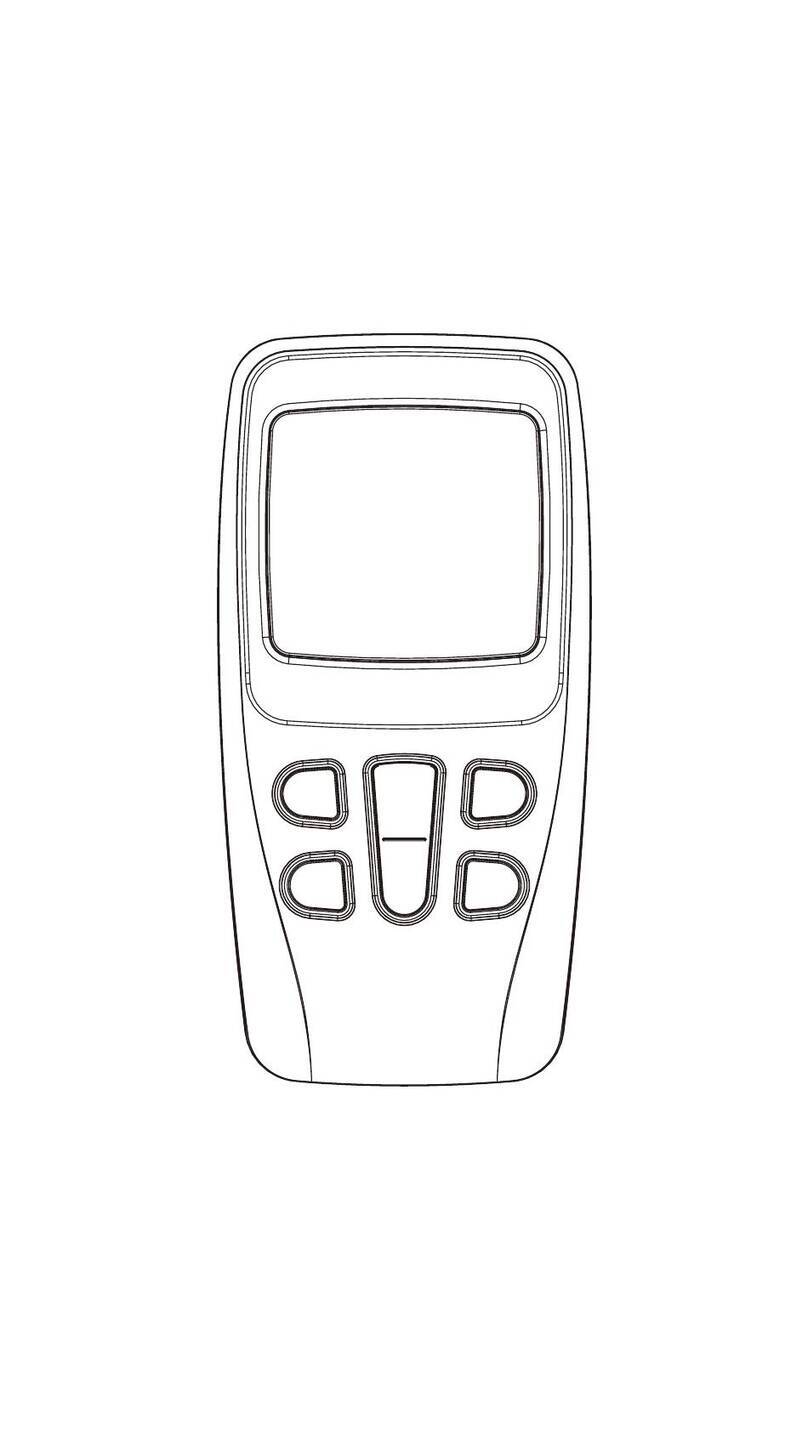
Shenzhen Roundwhale Technology Co., LTD.
Shenzhen Roundwhale Technology Co., LTD. R-C4D instruction manual
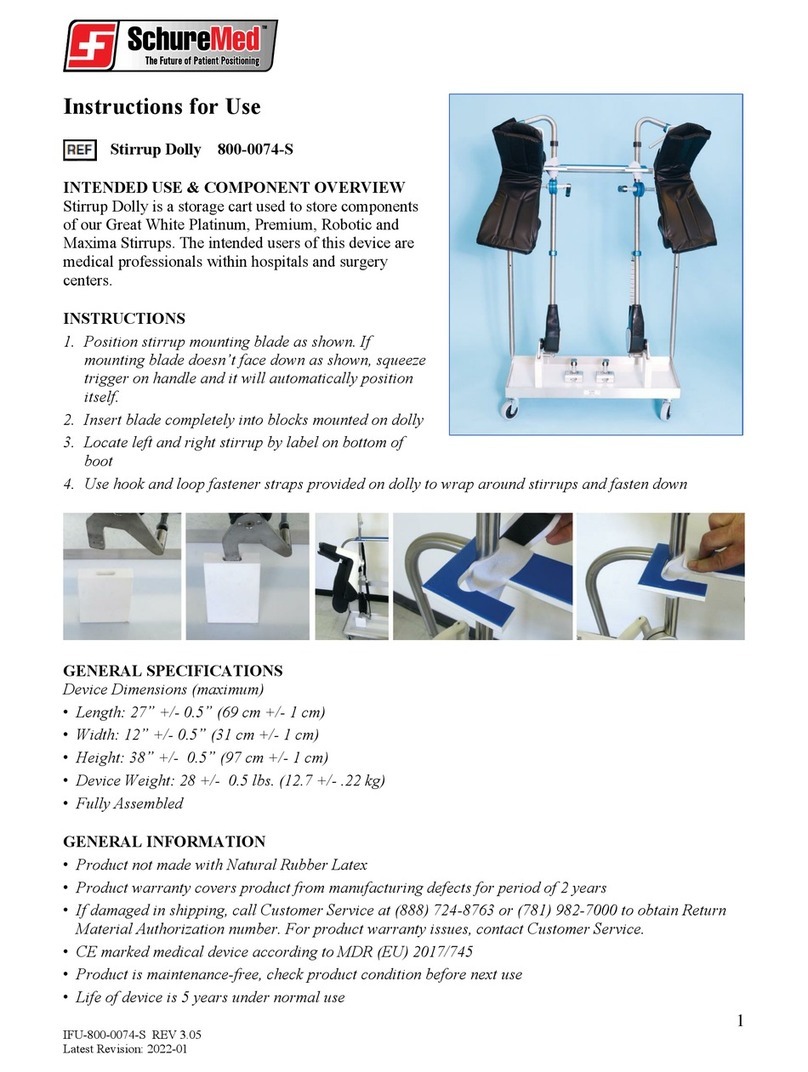
SchureMed
SchureMed Stirrup Dolly Instructions for use
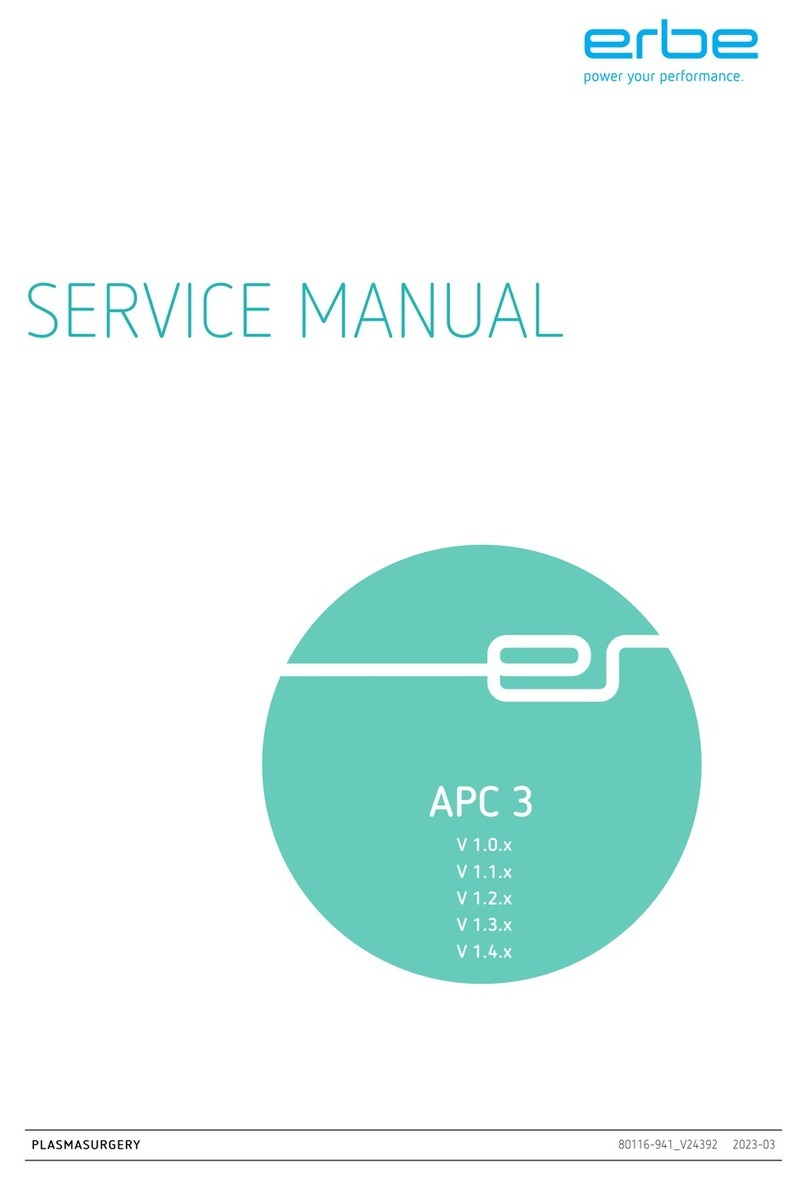
Erbe
Erbe APC 3 Service manual
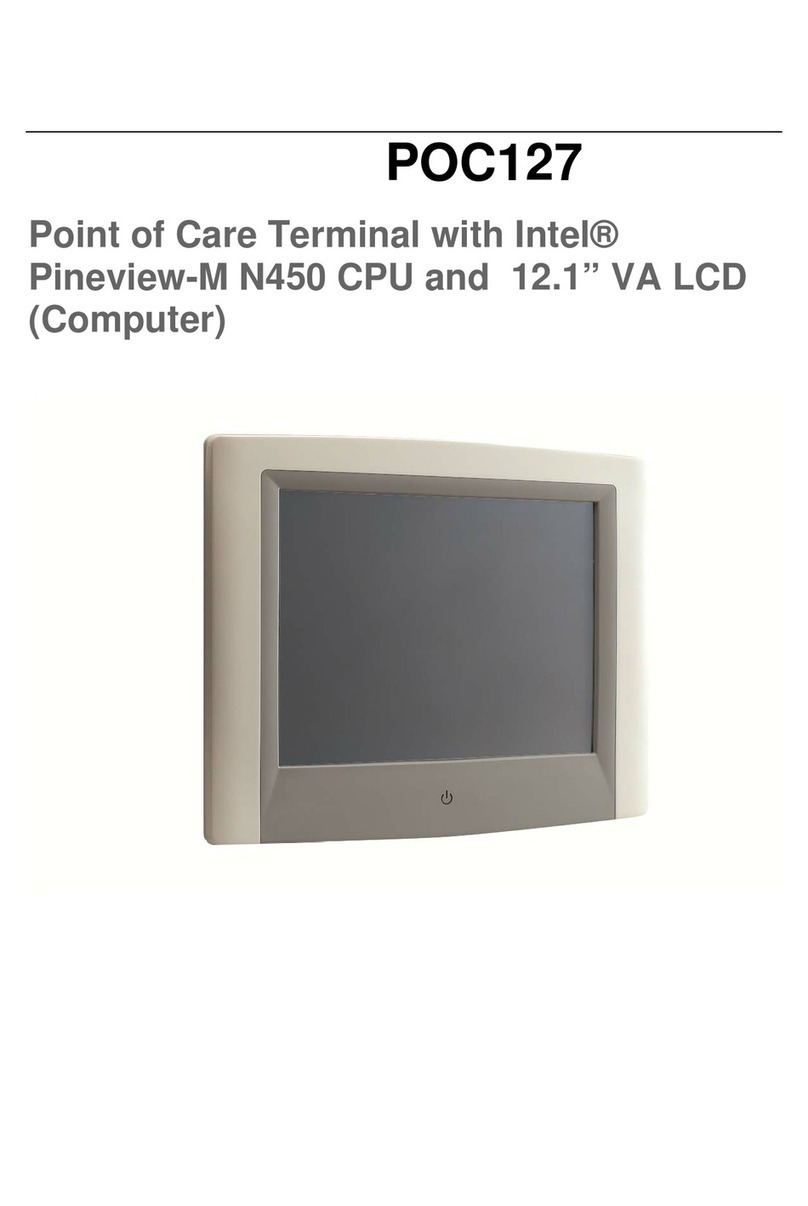
Advantech
Advantech POC127 user manual
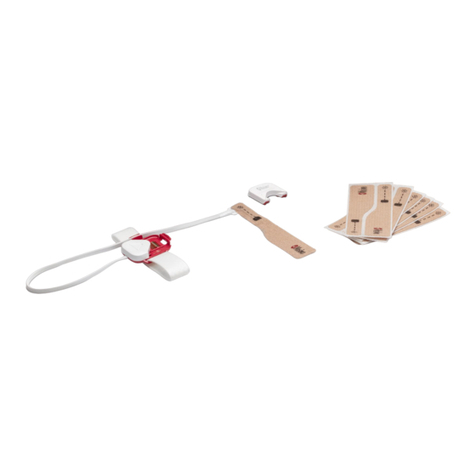
Masimo
Masimo ALERT quick start guide
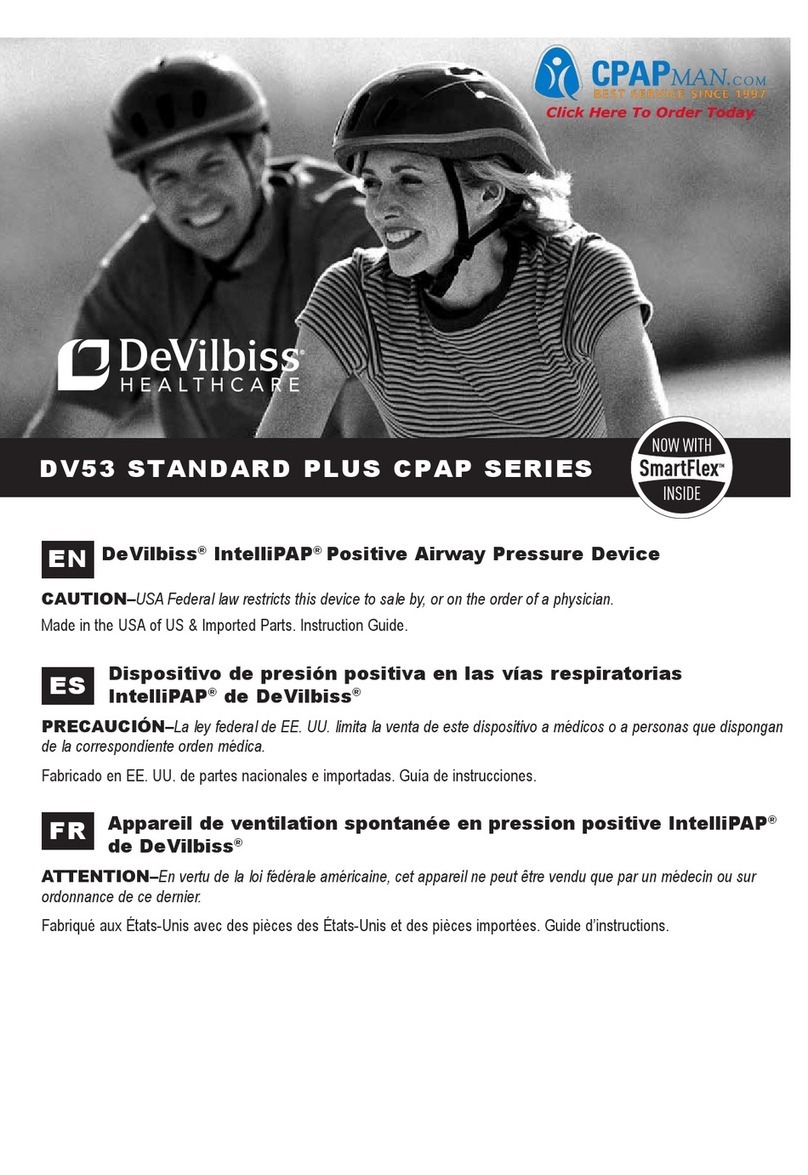
DeVilbiss Healthcare
DeVilbiss Healthcare IntelliPAP Standart Plus DV63 manual
